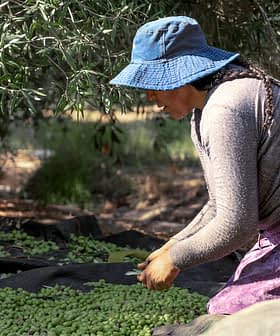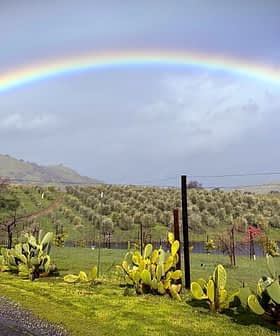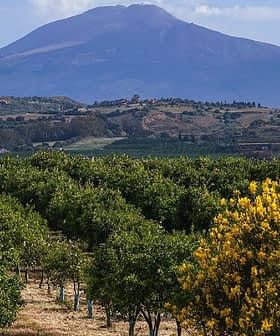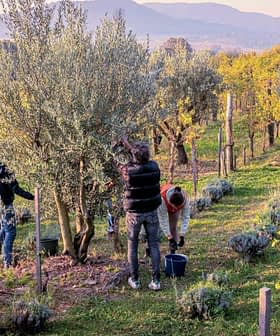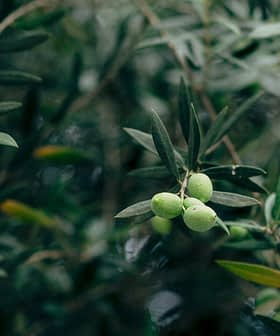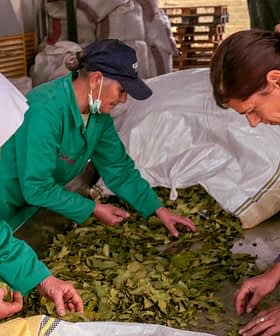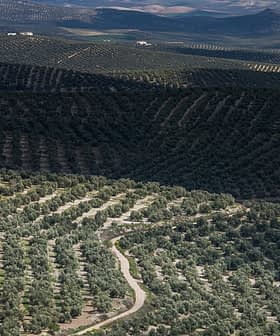Controlling Black Scale in California Groves
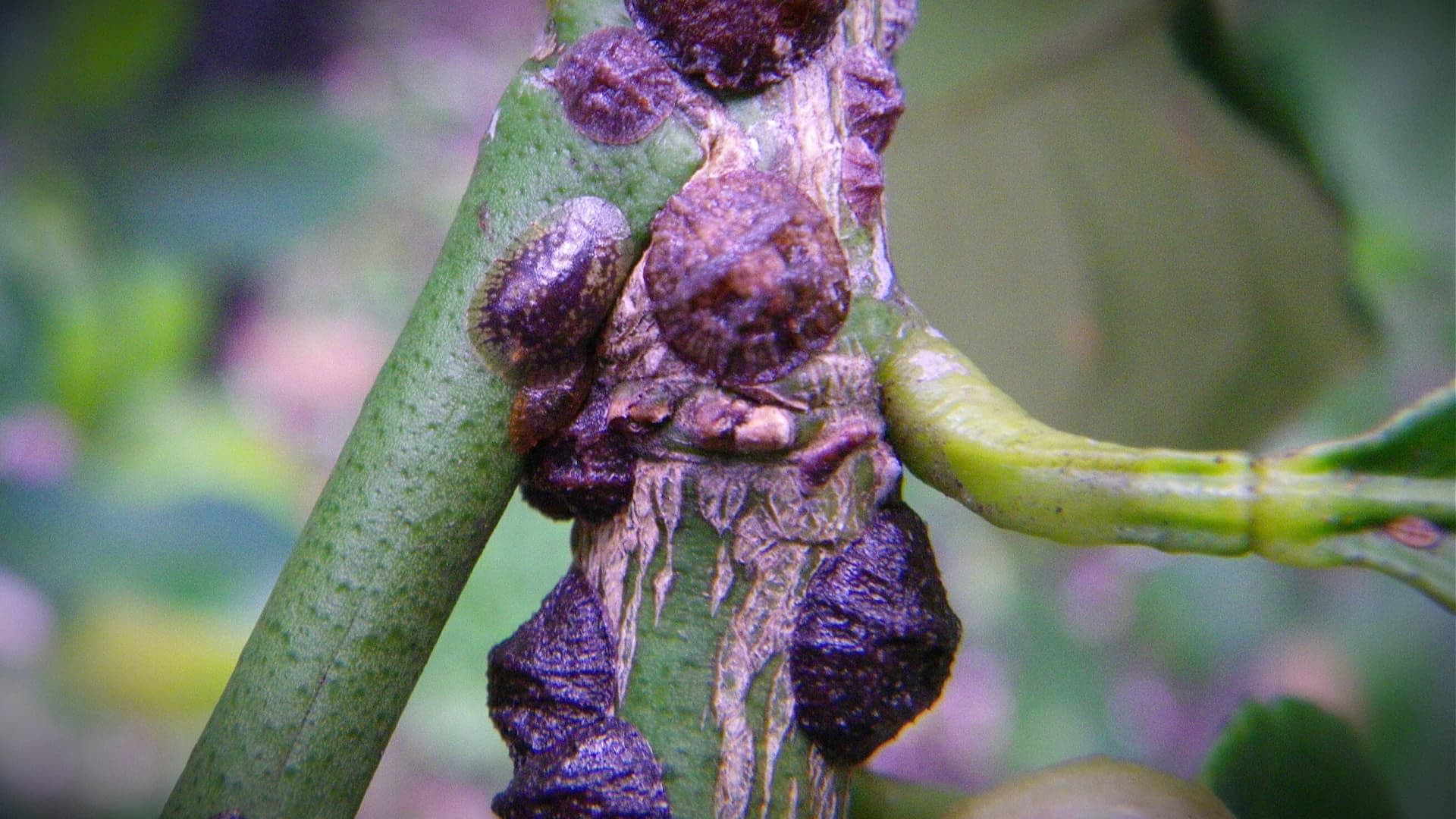
Black scale is a damaging pest in California that preys on olive trees, reducing their vigor and productivity. Climate change may favor the spread of this insect, but monitoring and agronomic practices can help farmers manage the problem effectively.
Black scale (Saissetia oleae) is one of the more damaging pests in California, preying on the leaves of the olive tree, which reduces its vigor and productivity while leaving it prone to other infections.
While the impacts of climate change on the Golden State may favor the invasive insect’s potential to spread, experts advise that farmers can get ahead of the problem by monitoring for the pest.
If these conditions occur, we could be looking at an increase of black scale.
Black scale is native to Africa and is found in most Mediterranean and semitropical regions. In addition to olives, host plants include almond, apple, apricot, citrus, coyote brush, fig, Fuschia, grape, grapefruit, oleander, Peppertree, plum, prune and rose.
The insect is known to be sensitive to hot temperatures and dry conditions and can, therefore, be managed with agronomic practices to increase canopy airflow.
See Also:Experts Offer Pest-Control Tips for California’s Hobby Growers“Black scale is location and time specific,” Kent M. Daane, an environmental science, policy and management specialist at the University of California – Berkeley, told Olive Oil Times.
“If you were in Bakersfield, there is enough summer heat that smaller stages of the pest die off because they can’t deal with the hot temperatures,” he added. “However, in places like Madero, Modesto and Corning, black scale survives and thrives in milder weather.”
The black scale does not directly harm the olives or reduce the quality of the oil, but large infestations can lower olive yields. As a result, growers are advised to monitor for black scale closely.
Infestations of the insect commonly occur when the canopy becomes too dense, and a mild summer allows the pest to reproduce faster than its natural enemies.
“With new growing methods, we’re seeing more olive groves with trees planted closer together to facilitate mechanical picking,” Daane said. “More studies are needed to determine how this grove planting design may affect the environment for black scale.”
While black scale was the key pest of olives in California from 1970 to 2000, the focus shifted to the olive fruit fly in the late 1990s. The pernicious olive pest caused many commercial olive farmers to resort to annual pesticide treatment.
In California, olive fruit fly gets the most press. The olive fruit fly is invasive and has the potential to destroy crops. The fly lays its eggs under the fruit’s skin; when they hatch, the larvae feed on the flesh of the olive drupe, resulting in poor-quality oil.
“Black scale does not affect olive taste or oil taste and quality,” Daane said. “It stresses the tree and reduces the yield. In heavy infestations, the olive might be smaller, and the tree has less vigor.”
Both black scale and the olive fruit fly tend to affect areas of California with cooler climates and milder weather.
According to a literature review of black scale programs and carbaryl alternatives, the best methods to control, prevent and respond to black scale require direct monitoring, with growers looking for the telltale signs of black scale: a honeydew liquid.
Black scale feeds by inserting its mouthparts into a leaf or twig. As the insect feeds, it excretes carbohydrate-rich honeydew that accumulates on leaves. The honeydew provides a substrate for sooty mold, which can form a dense black covering, shading leaves and reducing photosynthesis and respiration.
This combination of insect feeding and build-up of the sticky fluid can reduce bud formation, cause leaf drop, and ultimately reduce the crop in the following year.
The presence of honeydew droplets on olive leaves may first appear in early spring, such as in March and April. A rapid increase in scale size can be an early signal of increased scale density in an orchard.
According to the University of California Division of Agriculture and Natural Resources, monitoring and control should begin with checking about 40 trees per block for honeydew. With new infestations, the scale may only be found in a few trees. Since the scale population tends to build in the inner canopy, farmers should check this part of the tree.
If honeydew is found, treatment progressively increases with the degree of infestation.
See Also:Researchers in California Test New Solutions for Olive Fruit FlyFor light infestation, no treatment is needed. Closed canopies can be pruned to increase air circulation and raise temperatures.
For moderate infestation, initial damage may be limited, but offspring of adult scales can substantially damage the crop. To reduce black scale densities, farmers may consider applying a dormant oil, pruning orchards with closed canopies, or applying an insecticide.
Heavy and severe infestations are known to cause economic damage. If the orchard has not been pruned for years, an in-season insecticide can be used to prevent further damage at harvest.
After harvest, open the canopy to create an environment less hospitable to scale. For severe infestation, economic loss can be extensive.
Several common myths persist about the black scale. “Three big myths about black scale are that it shows up all at once, that monitoring is not needed and that one-time applications oils and soaps will resolve the problem,” Daane said.
“Black scale does not show up overnight, but develops over time, and can take three to four years to build up a high enough population to cause severe damage,” he added. ”You could have several years of mild weather and think that you escaped, only to have the population build up into a heavy infestation.”
Monitoring is advised as the best way to catch the problem early. “Involve your harvest crew and pruning crew, and walk through the groves,” Daane said. “Catch problems early and prune out infested branches.”
If handling black scale organically, Daane noted that farmers often need to apply soaps and solutions multiple times throughout the growing season to be fully effective.
He said it would be beneficial for further research in identifying carbaryl alternatives, testing and developing other materials that may be effective against black scale.
Many natural enemies may provide biological control, and further research must explore controls that might promote or at least not lower natural enemy activity.
In looking towards the future for olive growers and black scale, Daane reflected on National Oceanic and Atmospheric Administration research and the emergence of global climate forecasting models.
“Many models for California are indicating a milder winter with less snowfall and more late rainfalls in January, February and March,” he said, “If these conditions occur, we could be looking at an increase of black scale due to the lack of cold winter temperatures which knock the black scale population back.”
“The weather kills about 80 percent of black scale,” he added. “The best cultural control available involves regular pruning to open the canopy and expose the scales to higher temperatures and drier conditions.”
“To update this practice, further research needs to include understanding how the relatively new hedge style of production influences black scale population development,” Daane concluded.


